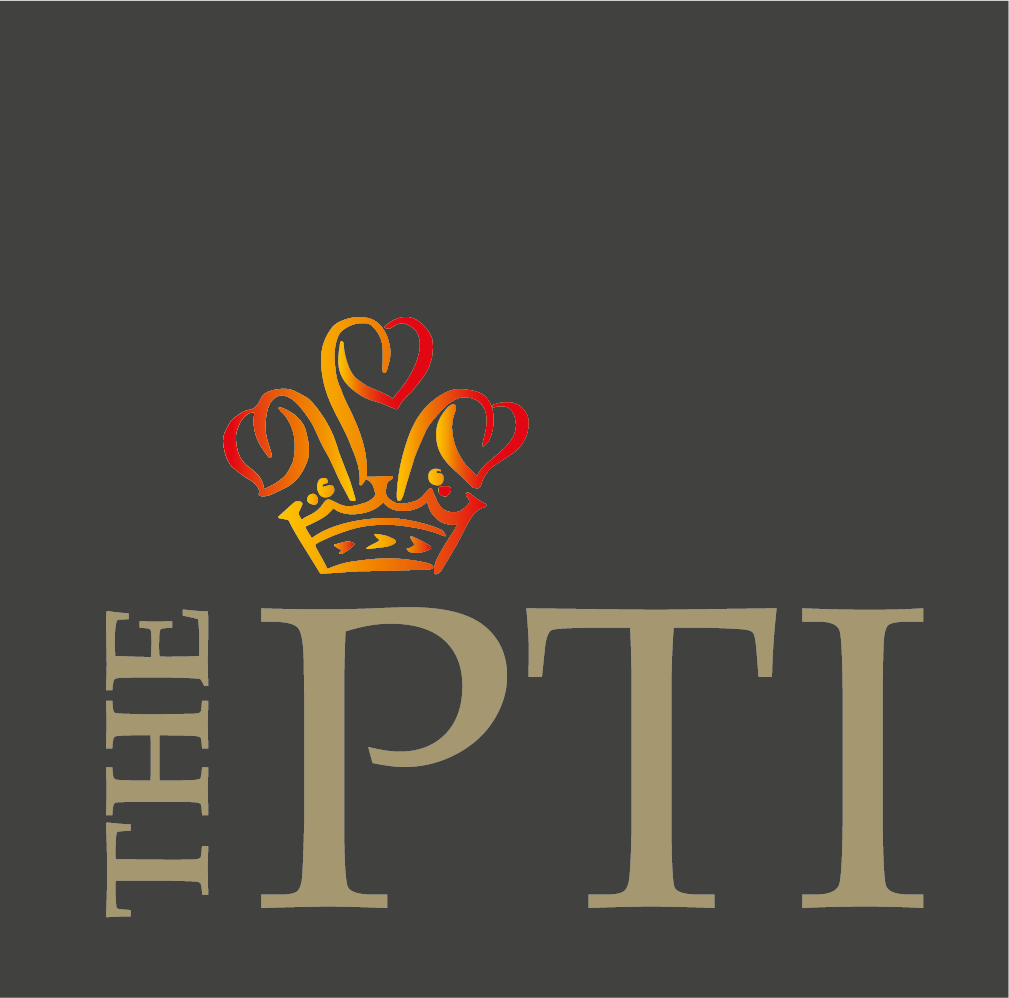Aim: To achieve greater rates of progress in Years 7 and 8 through the introduction of a research-led curriculum that addresses the misconceptions students bring with them to Science.
Background: The project was focused primarily on the Physics curriculum but was extended to include elements of Biology and Chemistry. The tangible outcome was to be new schemes of work that addressed student misconceptions fully and a better technique for gathering student views about Science.
Method:
Year 1: Working with Christchurch Canterbury University, a new Physics scheme of work, which the university had developed to address student misconceptions at Key Stage 3, was implemented. The new scheme was trialed with half of Years 7 and 8, whilst the other half continued with a much more traditional curriculum.
Year 2: The project grew to incorporate new Biology and Chemistry schemes of work; colleagues in Holland Park Science department researched existing literature about misconceptions in these two subjects and then wrote new schemes that attempt to address those misconceptions. These were trialed, with control groups following the old scheme. End-of-year tests contained high-demand questions in which students were asked to apply principles they had covered in lessons to highly novel situations.
Year 3: By the end of the third year complete schemes of work for Chemistry, Biology and Physics had been completed which were utterly different in their pedagogy from anything that had previously been taught at the school. The new schemes were shared with other local schools together with a sense of Holland Park’s experiences in teaching them.
Evidence: Test scores, attitudinal student surveys, staff surveys.
Impact: At the end of the first year the mean test score for the ‘control’ group was 78.4% and for the group who had completed the new scheme it was 76.5%. There was very little difference, and where there was it suggested the new schemes of work had harmed performance. However, the types of questions each group had been able to answer varied considerably. Those students who had been given traditional teaching had covered more Physics and so answered more of the paper whilst those who had completed the new scheme were able to answer higher-demand questions more effectively. A better test focusing on independence and ability was devised and over Year 2 and Year 3 the test scores of students taking the new schemes steadily improved; the mean score jumped from 84.5 to 93.4 between those two years.
The staff surveys over each of the three years found almost all staff (70-90%) reported that the schemes were ‘harder to teach’ and that there was more potential for lessons to ‘go wrong’ but that, by the end of year three, 100% of staff strongly agreed that they could see the benefit of the schemes. When asked to compare the old and new schemes, students preferred the new schemes of work (86.4% over the three years) but they did comment that they felt there was too little teacher guidance at times (40% strongly agreed).
Reflections: The most obvious, tangible and useful outcome of the entire project has been a revamped and better planned curriculum for students in the first two years of their secondary Science education. Beyond that we have learnt a great deal about our preferences for different pedagogical approaches and have been forced to leave our ‘comfort zones’ to try something quite new.
Contact: Daniel Seed, Deputy Head teacher, daniel.seed@hollandparkschool.co.uk
